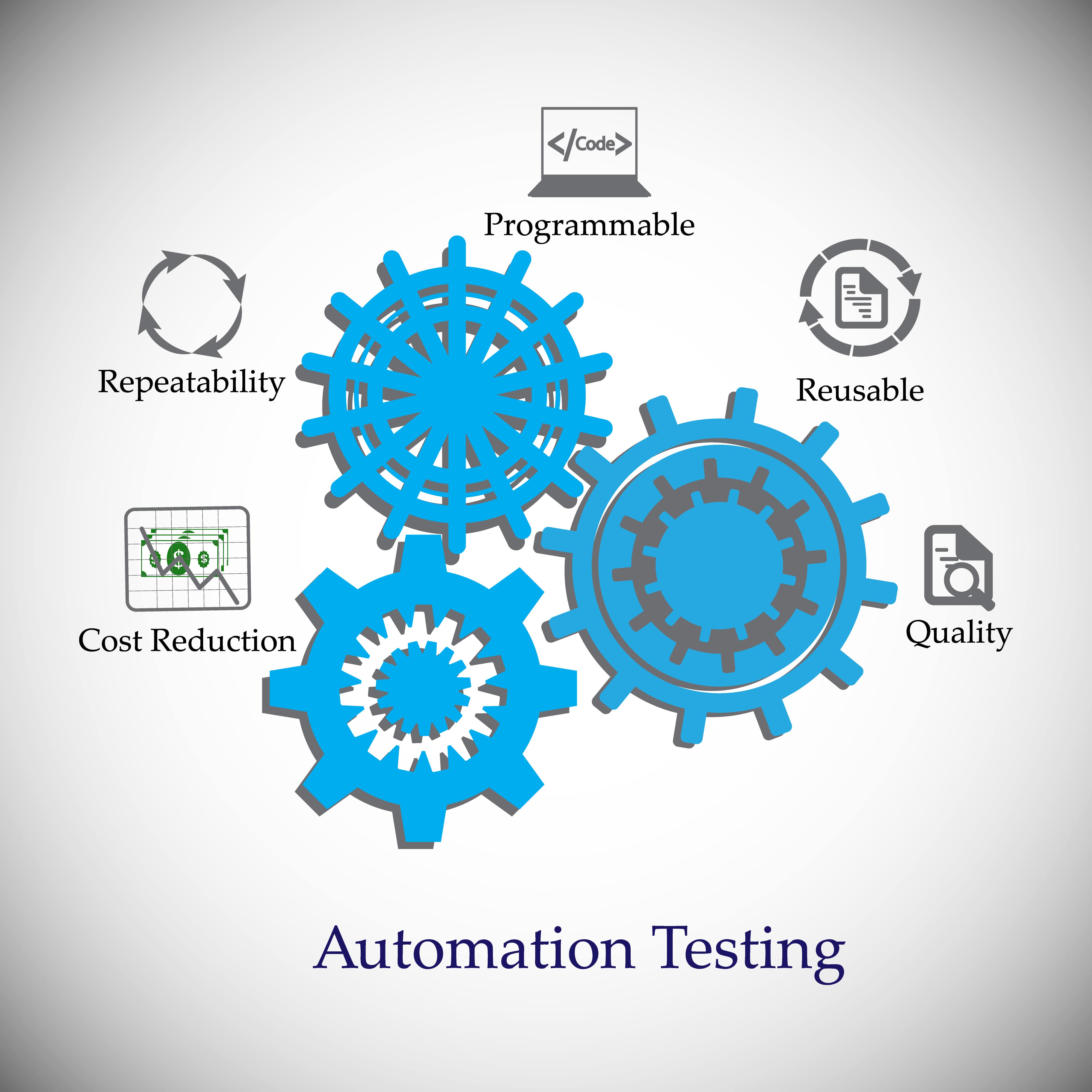Automation Testing Frameworks: Simplifying Intricate Testing Circumstances
From Manual to Automated Testing: A Comprehensive Overview to Transitioning Efficiently and Properly
In the realm of software testing, the change from handbook to automated processes has actually become a significantly important transition for companies seeking to improve efficiency and accuracy in their screening practices. The trip from manual to automated screening is not without its challenges, however when come close to strategically and with a clear strategy in mind, the benefits can be considerable.
Advantages of Automated Evaluating
Automated testing provides countless advantages, improving performance and accuracy in software advancement processes. Automated tests can be run at the same time on numerous tools and operating systems, significantly speeding up the screening phase compared to hands-on testing.
Moreover, automated testing makes certain a greater level of accuracy in spotting problems. Uniformity in screening is likewise boosted, as automated tests perform the very same steps exactly each time they are run.
Selecting the Right Tools

First of all, examine your demands and goals. Comprehend the scope of your project, the technologies involved, and the ability of your group. This analysis will help you determine the capabilities and features you call for in your screening tools.
Secondly, consider the compatibility of the tools with your existing systems and processes. Seamless combination with your existing software program growth lifecycle is necessary to ensure a smooth transition to automation.
Additionally, evaluate the scalability and flexibility of the devices. As your screening needs progress, the tools should be able to adjust and fit changes effectively.
Last but not least, variable in the assistance and area around the devices. When executing automated testing, durable assistance and an energetic customer neighborhood can give valuable sources and support. By carefully taking into consideration these elements, you can choose the right devices that align with your demands and set the phase for an effective shift to automated screening.
Writing Reliable Test Scripts

When crafting test manuscripts, it is important to consider the certain requirements of the software program being evaluated and make certain that the scripts resolve all vital functionalities. Detailed and clear naming conventions for test manuscripts and test situations can boost readability and maintainability. Additionally, integrating mistake handling mechanisms within the test manuscripts can help in determining and resolving issues immediately.
In addition, organizing examination manuscripts right into modular components can enhance reusability and right here scalability, lowering redundancy and enhancing effectiveness in examination manuscript maintenance. Regular evaluations and updates my response to examine manuscripts are essential to equal advancing software requirements and performances. By complying with these concepts, testers can develop effective and robust test manuscripts that add significantly to the success of automated testing processes.
Integrating Automation Into Workflows
Effective assimilation of automation devices into existing workflows improves processes and improves productivity within software development cycles. When incorporating automation into workflows, it is essential to determine repeated tasks that can be automated to save time and minimize human error. By effortlessly incorporating automated screening devices like Selenium or Appium right into the software application advancement lifecycle, groups can accomplish faster comments on code modifications, causing quicker pest discovery and resolution. This combination permits for continual screening throughout the advancement process, making sure that any kind of concerns are identified at an early stage, resulting in higher software application quality. Additionally, automation can be used to set off tests automatically after each code commit, providing immediate recognition and liberating testers to concentrate on even more facility circumstances. Appropriate combination of automation tools calls for cooperation between development, testing, and procedures groups to develop a unified process that enhances effectiveness and effectiveness in delivering high-quality software.
Ensuring a Smooth Change
Successfully transitioning to automated screening includes meticulous planning and cautious execution to make best use of and lessen disruptions efficiency in the software application development process - automation testing. To make certain a smooth shift, it is important to begin by performing an extensive analysis of the current testing procedures and recognizing areas where automation can bring the most considerable advantages. Involving with all stakeholders beforehand while doing so, including designers, testers, and job supervisors, is crucial for garnering support and buy-in for the automation initiative
Communication is crucial during this change stage. Clear communication of the goals, benefits, and expectations of automated screening aids to take care of any type of resistance or concerns that may emerge. Furthermore, supplying sufficient training and resources for employee to upskill in automation devices and methods is vital for ensuring an effective shift.

Conclusion
In final thought, transitioning from handbook to automated screening supplies countless advantages, including increased efficiency and dependability. By choosing the suitable tools, composing efficient test scripts, and integrating automation perfectly into process, organizations can guarantee a successful and smooth shift. It is necessary to accept automation as a useful possession in software application testing processes to boost total top quality and performance.
In the world of software application testing, the shift from manual to automated procedures has actually ended up being a progressively important transition for organizations looking for to boost effectiveness and accuracy in their testing techniques. Automated examinations can be run concurrently on several devices and running systems, substantially speeding up the screening phase contrasted to hand-operated testing. Uniformity in screening is likewise improved, as automated examinations carry out the exact same actions specifically each time they are run.To make sure the successful implementation of picked testing tools, the production of efficient test scripts plays an essential function in validating the functionality and efficiency of automated processes - automation testing. By adhering to these concepts, testers can create durable and efficient test manuscripts that add considerably to the success of automated screening processes